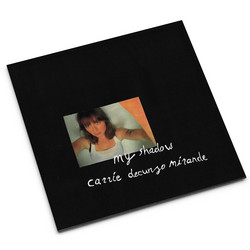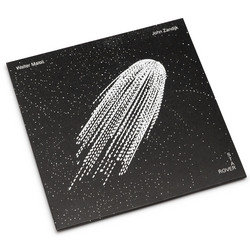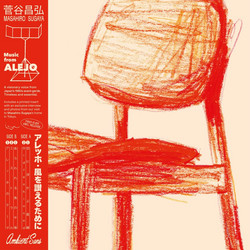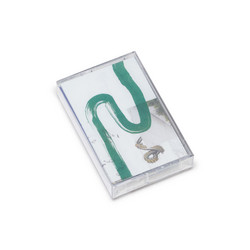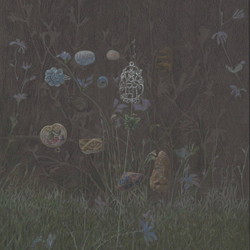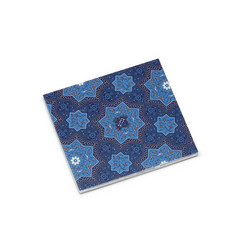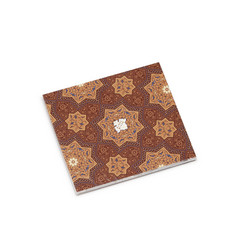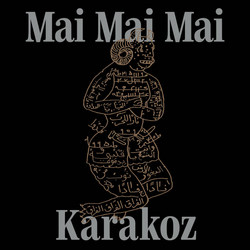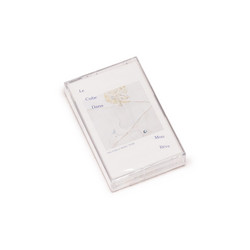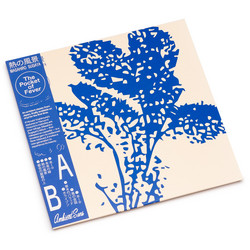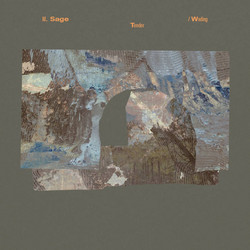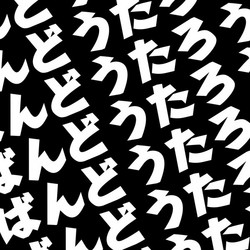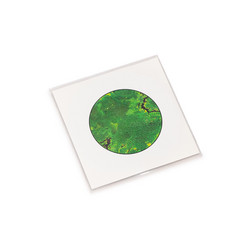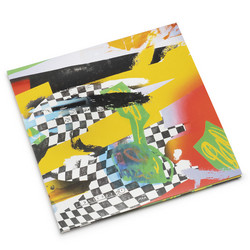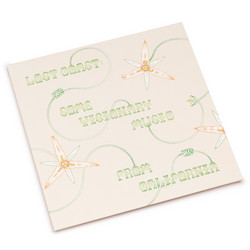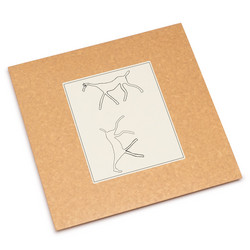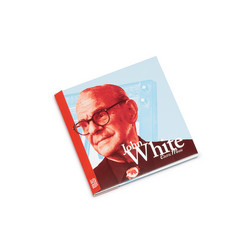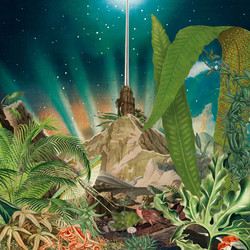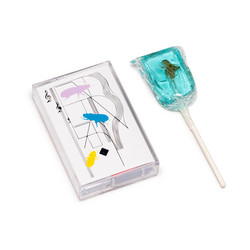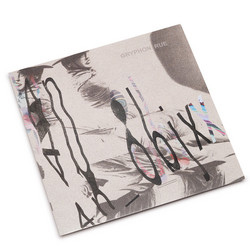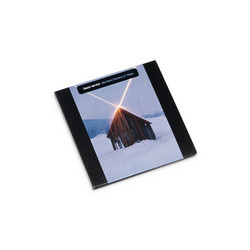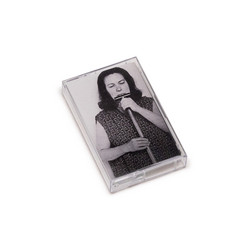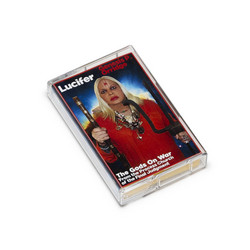Gryphon Rue
I Keep My Diamond Necklace in a Pond of Sparkling Water (LP, Light Blue)
I live in a former bungalow colony. Out my window is a pond where Ukrainian-American immigrants once bathed. Next door is a former casino, where there was a trick cigarette machine which entered into a brothel. The view culls up pastoral imaginations – Beethoven’s Sixth, Bruegel’s The Hunters in the Snow, the word glade. I hope the surroundings have tuned me to larger structures. Last summer, I heard choruses of Green frogs and strange, broken sounds of a Bullfrog. I learned to play the Innato multi-chamber ceramic flute. It’s as if someone said: carry the clay flute to the edge of the pond. The woods have a spirit, if you can imagine it. The sound of breath across the flute seems to echo this. Later, think of the wind in the tops of trees. And softly in the reeds drone the dark flutes of autumn (Georg Trakl).
This record was recorded in High Falls, NY, harvested from the surrounding wildlife. There are birds and insects recorded on Cortes Island in British Columbia. This is a woodsy record. Odetta Hartman and I recorded her violin in the cabin on Cortes, where I was staying. There are also insects in Santa Rosa, CA, and humpback whales, provided by my father from a trip he took to Rurutu, Polynesia. People swim with the whales, longing to communicate with them.
The writer Sam Goldner has described my approach as working “like a distiller, carefully crafting miniature trances that kick in as quickly as they evaporate…[a] streamlined approach, opting for shorter track lengths that spiral like shimmering dust in a crystal ball before settling in order to move onto the next phase.” I Keep My Diamond Necklace in a Pond of Sparkling Water required a different approach to time – long form, deeper excursions shooting beyond the “miniature trances” of my previous albums 4n_Objx and A Spirit Appears to a Pair of Lovers.
Slowly, perhaps after a chance hearing of Alvin Curran’s Songs and Views of the Magnetic Garden, I felt granted permission by the pacing and time-stretching in Alvin’s music. I became interested in the idea that recording is a bottomless medium. You have a bag that can fit any sound – the room in the bag is limitless. It is an envelope without depth, preference, or restriction. For those of us who feel most alive comparing objects with distinctly different qualities, recording is a magical resource.
Coming down Mohonk Mountain, there is a hairpin turn before you reach Clove Road. At this turn you see a stretch of farmland, and a barn with batten siding. I’d like to place you in this vast horizon. A depth of field. Car headlights twisting in the mountains.

